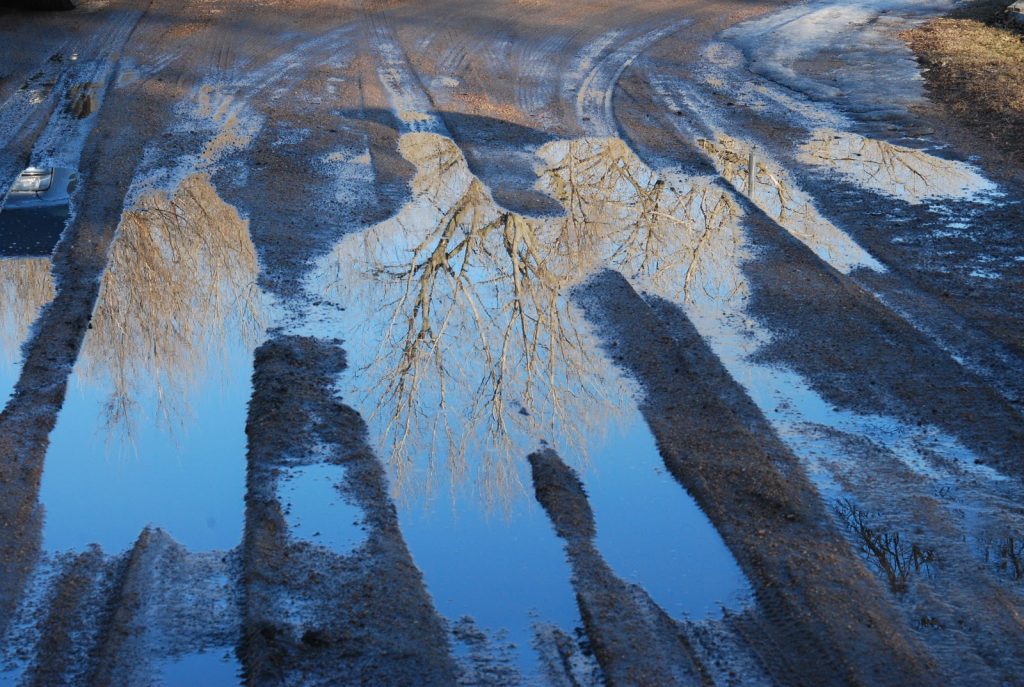Keeping water from flooding the basement can often be a challenge. If you are building a new home, making sure you choose the right drainage system is important for keeping water out of your home. Poor drainage will not only lead to water damage in the basement, but it also causes erosion. Erosion can shift a home from its foundation. There are several different solutions you should consider when building a new home or renovating an older one.
Drainage Issues
Several homeowners face problems with their yards holding excessive amounts of water. This is a common problem for a home that is in areas near natural streams. Inclines and slopes often cause water to move directly toward a home, which can increase the likelihood of flooding. The drainage system around the home should be able to capture the water, and move it out and away from the home before it causes flooding. It is important to identify what problems you are facing, so you can install the right drainage solution.
Common Drainage Solutions
A French drain is the most common solution for homeowners. A French drain will require you to dig a trench, and then to fill it with sand or gravel. French drains are able to absorb the water, and can push it through the trench, away from your home. A common French drain will be about 7 to 12 inches deep and about 5 inches wide. Another layer of sand is usually added to the trench, as it helps to absorb the water.
Pipe Drains
For a home dealing with major water issues, it is usually recommended to use a drainage system with a pipe. This trench system will need to be dug deep enough for a pipe to be placed in the trench. To figure out where the trench needs to be dug, you will first need to find out where the water flow currently runs. Placing the trench in the natural water flow area makes it easier for the pipe to direct the water out and away from the home. Using Flexible perforated pipe is the most common option for homeowners planning to install a pipe drain.
Harvesting Rainwater
Do you think the water coming off your roof is going to waste? Some areas allow their citizens to harvest their rainwater instead of letting it flow off the roof and into the city pipes. Harvesting rainwater will allow you to use the water for flowers and other yard maintenance needs. This is a great way to reduce the amount of secondary water used during the summer months.
Channeling Water
Without a working gutter and downspout system, a home is at-risk for flooding. It is important to have your home’s gutter and downspout system fixed to prevent flooding. In some areas it is legal to have the roofing system move the water directly into the city pipes. This is a practical consideration as it helps to reduce the likelihood of water flooding your basement. The best way to channel water away from your home is to take a look at the natural streams when it rains. Use small trenches to help guide the water through the stream so it will flow off your property.
This article was provided by Charity Bailey, Environmental Science major with an interest in the non-intrusive home building. Whether it’s keeping dry or staying warm, it’s important to be comfortable in your home, which is why Charity recommends heat repair for any in-home heating issues.
